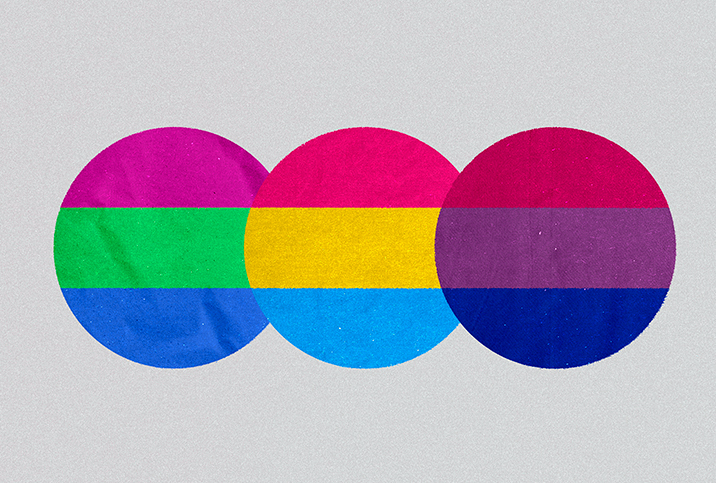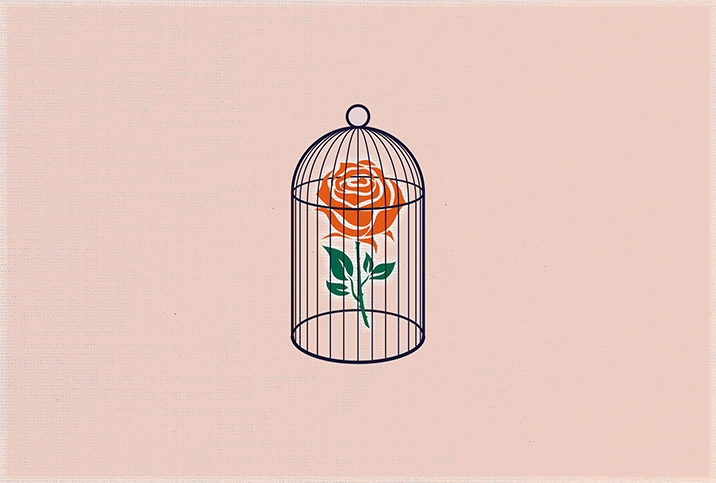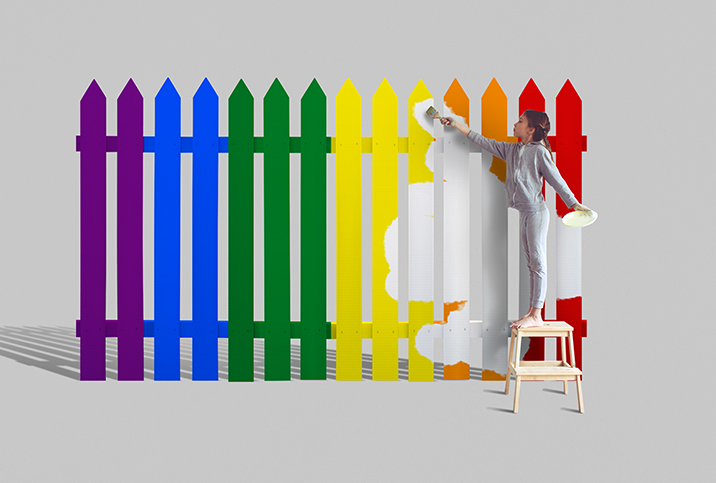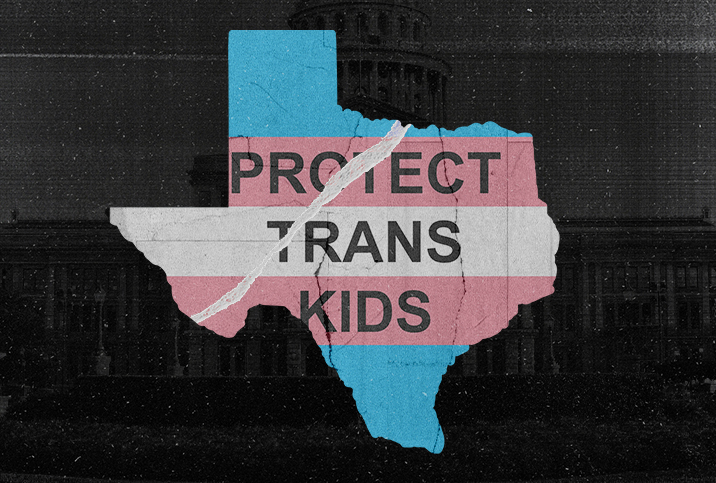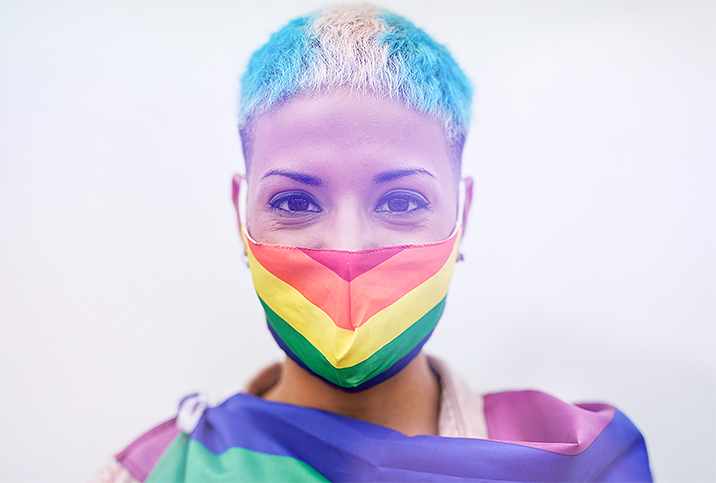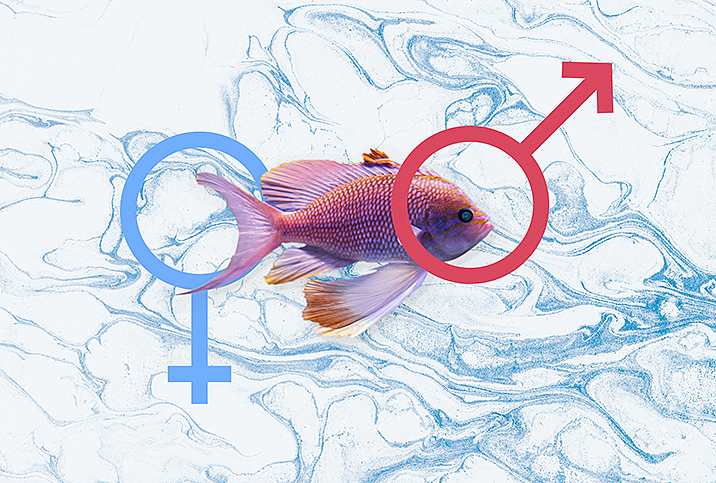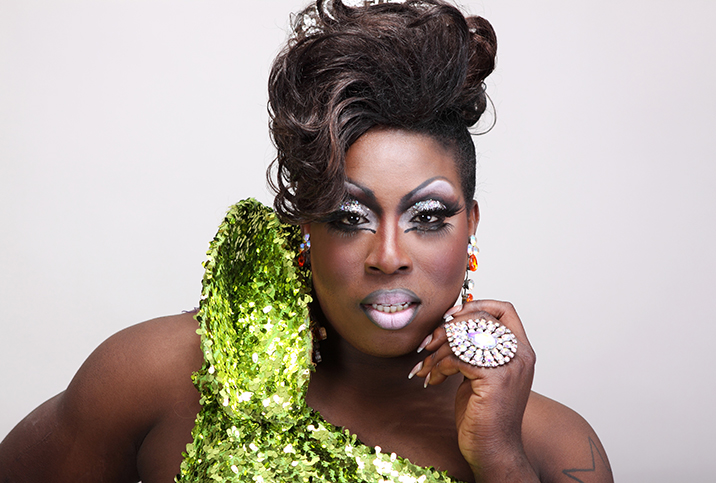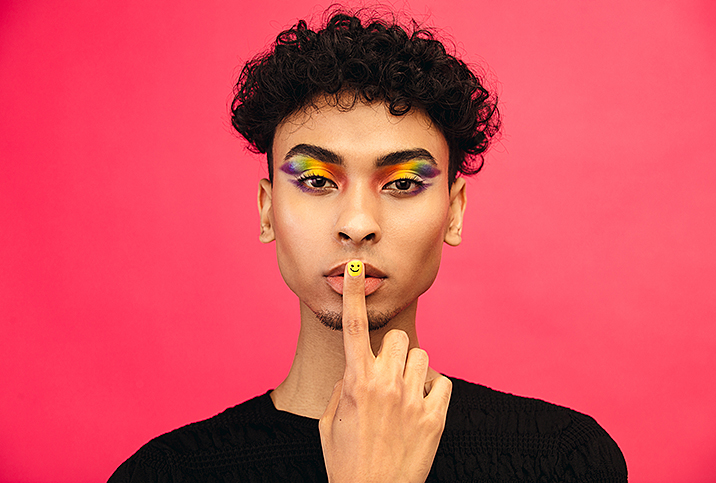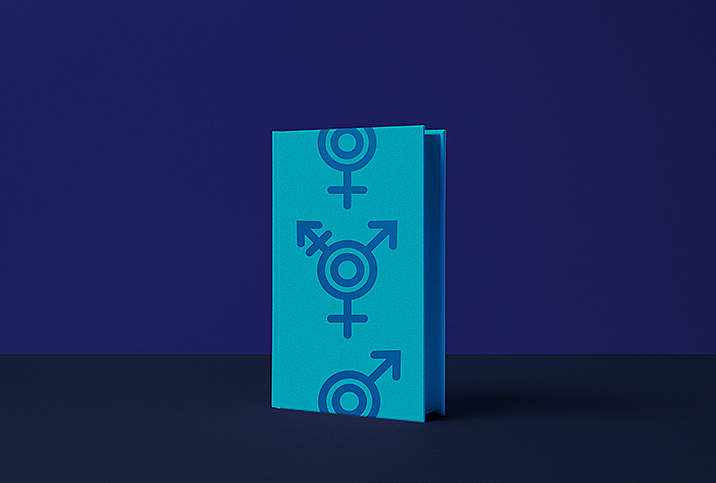Traditionally marketed to women, period products should use inclusive language. Here's why.
By Lola Méndez
Healthcare can affirm the experiences of nonbinary menstruators by degendering the cycle.
By Xenia E.
Gender-inclusive brands can help reduce dysphoria for some trans and nonbinary people.
By Sarah Wood
While similar, these three identities differ on the spectrum of sexual orientation.
By Kesiena Boom
Not wanting to be touched sexually is a valid boundary worthy of respect.
An almost-complete primer of LGBTQIA+ slang and terminology.
By Rich Lopez
If it's been proven both ineffective and harmful, why is it still in practice?
From two-spirited people to modern-day celebrities.
HB25 forces children to compete on teams misaligned with their gender identity.
People who feel they came out 'late' seem to have something in common.
By Aria Vega
The fight for sexual liberation can include all, as long as we remember who we're fighting for.
By Rachel Crowe
It may represent entertainment for many, but for me, drag was a revelation.
They sound similar, and both deal with self-image, but don't get these two words confused.
Intersex variations can impact sex lives in a range of ways.
Intersex variations can impact sex lives in a range of ways.
This warm, hazy glow of affirmation is easier to unlock than you think.
By Jake Hall
Having the same beauty standards can lead to comparison, but education and therapy help.
Despite being stereotyped as promiscuous, some LGBTQ people are embracing abstinence.
We change and grow over time, and even day to day. For some people, this includes gender.
While often confused for one another, the two sexual identities are distinct.
Sometimes, exploring your desires can lead to questions about your sexuality—and that's OK.
Drag queens? Transgender people? Femboys? What's the difference?
I'd already come out. Did I have to come out again—as bisexual—and how would that be received?
Get comfortable talking about consent, sexual preferences and bodies with your companion.
Learning about new ideas is great, but there’s a right and a wrong way to do so.
Times and people change. The gentlemanly thing to do is to keep up.
As gender diversity increases, pronoun use has adapted. Find out how to be more inclusive.
By Eric Schad









